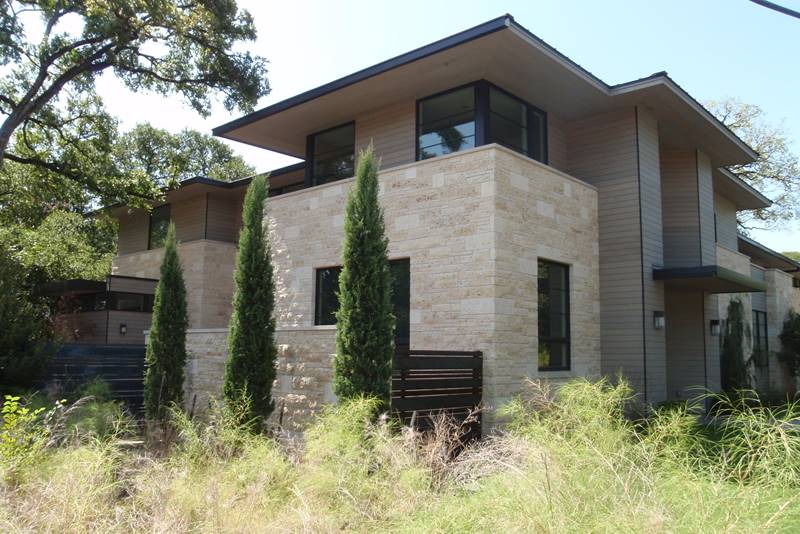The current housing market is flooded with materials and design choices that can make choosing materials for a house feel overwhelming. Homebuilders, buyers, and architects are interested in long-lasting, beautiful homes that provide comfort and sustainability. Yet it can be difficult to determine which combination of materials and designs should be chosen to maximize sustainability and efficiency without sacrificing quality and aesthetic appeal.
Truly sustainable homes consider not only the materials they are composed of but the long-term impact of the building on the environment and the building’s life cycle. A house built of sustainable materials that do not last a reasonably long amount of time is inherently not sustainable. So how does natural stone create a truly sustainable home?
Here are three facts to help guide you in choosing natural stone for your sustainable home.
1. Stone is a natural material and is manufactured sustainably
As a natural product of the earth, little to no extra materials are required to manufacture the materials. The only resources required to fabricate the stone for construction purposes are energy for transportation and shaping (of which, all materials require). Technological advancements in masonry have effectively minimized waste production and conserved resources. Additionally, there are a variety of different textures, colors, and characteristics of stone to suit whatever the home’s needs are.
2. Natural stone is a recyclable material
Although there are many natural materials that can be used to construct a home, not all of these materials are easily recyclable. When considering the sustainability of a building, the life cycle of the house should be considered in addition to the material choices. Long after a family or tenant lives in the home, the walls, exterior, or floors may have to be remade or remodeled. Eventually, buildings are torn down, refurbished, and renovated.
Natural stone can be re-utilized for a variety of different purposes, including roads, concrete, and even artworks. Reusing these raw materials eliminates the need for extra resources such as energy or water because the materials can be reused directly.
3. Natural stone is long-lasting and reliable
Durability is a critical characteristic when determining the materials for a sustainable house because the longer a house lasts, the fewer number of resources are required to update the building. Stone is durable and reliable and can last for long periods of time. From a life cycle perspective, stone can last significantly longer than wooden floors, since wooden floors are prone to water damage and termites.
Due to the reliability and durability of natural stone, very little care and maintenance are required to maintain the beauty of the natural stone. Much like wood, there are options to enhance the lifetime of stone and its quality, such as anti-slip and weather resistance. Additionally, stone does not require special soap or cleaners. Most natural stone surfaces can be cleaned with a simple mix of water and mild dish soap. This reduces potential exposure to harmful chemicals or pollutants.
Las Vegas Limestone | Amarillo Limestone | Phoenix Limestone | Tucson Limestone | Waco Limestone
Phoenix Sandstone | Lubbock Sandstone | Amarillo Sandstone | Tucson Sandstone | Las Vegas Sandstone

